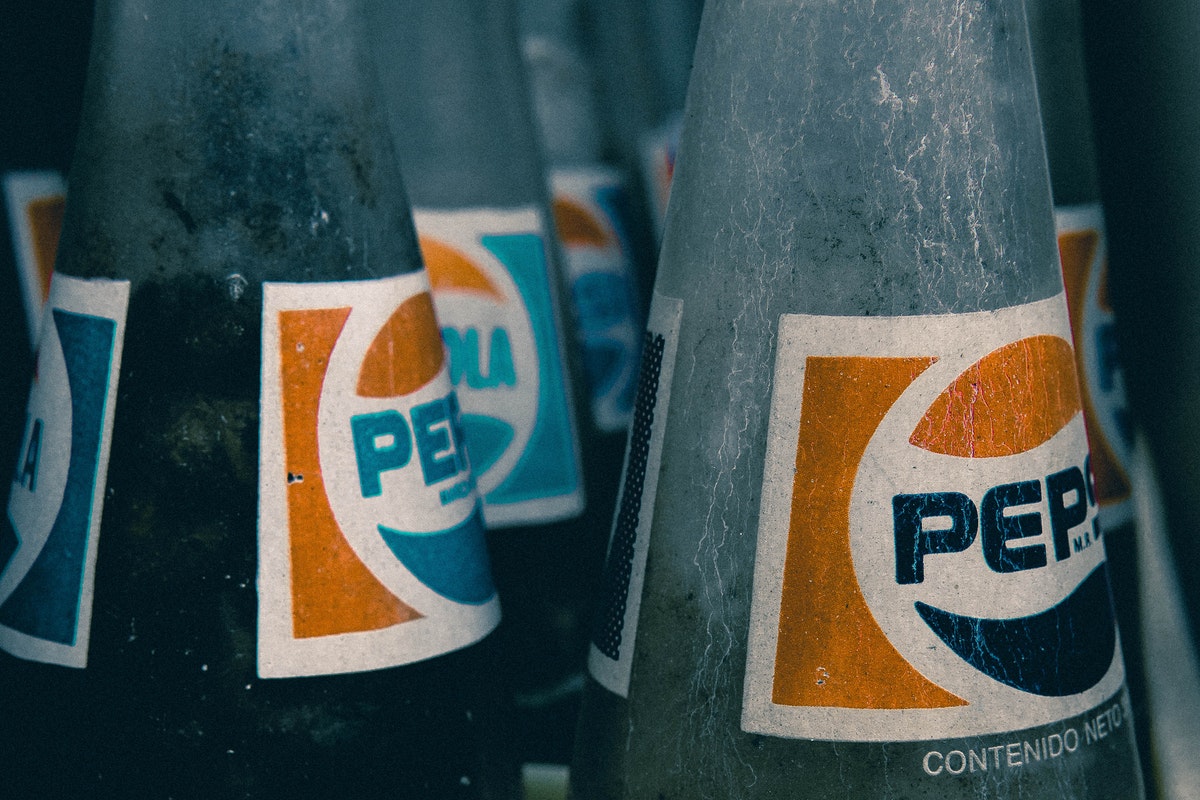If there’s one thing people haven’t said about marketing, it’s the fact that it can fail spectacularly. The damage can be so significant it can hurt the business in so many ways.
That’s why the company’s definition of marketing should go beyond press releases, publicity, and even brand building. It must also include brand reputation management because, whether they like it or not, bad things can come out of campaigns sometimes. Without salvaging their credibility, rebounding may be difficult, if not impossible.
To illustrate the importance of it, let’s talk about Pepsi’s biggest marketing disaster to date: the Number Fever.
What Happened
The setting was the Philippines, a tiny archipelago in Southeast Asia. The year was sometime in the early 1990s. As Bloomberg said about the incident, America’s influence in the Filipino’s lives is deep. That includes their decision on what to drink.
Back then, at least two US soda brands tried to capture the growing market: Coca-Cola and Pepsi. Between the two, though, the former had the upper hand with its cheaper pricing and good marketing strategy.
By the time the 1980s and martial law ended in the country, the beverage that started in Atlanta had won the Filipinos by a landslide. It held at least 80 percent of the market, so much so that it didn’t need to advertise.
In other words, the burden of converting the market was on Pepsi. And it did by appealing to the one thing that the people desired, which was money.
The Philippines isn’t as rich as other Southeast Asian nations. According to the Borgen Project, at least 16 percent of its population is under the poverty line. That’s about 17 million Filipinos. It is not unusual for low-income households to earn only $3 a day.
But it was much worse during the Marcos era, which ran from the 1960s to the mid-1980s. According to Philippine Star’s report, poverty in the 1960s was 42 percent. It rose to 52 percent during 1971.
When the Marcos family left, fewer people were considered poor. However, the percentage at 26.6 in 2006 was still considerably higher than in the 2010s.
One can imagine then how much Filipinos desired higher income and some cash to get by. Pepsi capitalized on that by launching the Number Fever.
The concept was simple. Each cap of a bottle of Pepsi, Mirinda, and Mountain Dew would feature a number the owner could redeem for an amount ranging from 100 pesos (about $2, as of June 2021) to 1 million pesos ($20,000, as of June 2021). At that time, these figures were already huge. Pepsi would then announce the winning number every night.
The Tragic Error

Number Fever became a hit that Pepsi once claimed that half of the population participated in the marketing campaign. Then May 25 happened.
On this night, a TV show announced that the number combination 3-4-9 won the grand prize. Pepsi back then expected two bottle caps with security codes contained the number. They were wrong. A mechanical error printed not just two or five but over 500,000 bottle caps bearing the same number. Should have Pepsi honored all of them, it could have cost the company a staggering $32 billion.
Obviously, Pepsi didn’t want to acknowledge all the claims, and that’s when pandemonium started. Riots erupted, trucks of Pepsi burned, and a few Filipinos died. Several crown holders filed a mountain of lawsuits against the company.
The Lessons of Branding
By the time the fiasco ended, Pepsi’s reputation was in tatters. Sales plummeted fast while their spending to quell the protests and boycotts rose from $2 million to $240 million.
Since then, Pepsi went back to a far second to Coca-Cola. However, despite the controversy, which others dubbed as the company’s worst marketing failure, it rebounded. The questions are how and why.
First, even before Pepsi entered the Philippine market, it has already built a credible reputation. It positioned itself well as both an American brand and a strong competitor against Coca-Cola. In other words, its quality is comparable to the leading brand.
Second, Pepsi committed a few serious lapses in handling the scandal. For example, to remedy the mistake, it tried to announce a different winning combination. It only added to the confusion, anger, and frustration.
However, it also successfully comforted a good number of Filipinos when it shifted the blame on a mechanical error. Regardless of how much anger a person experiences, it’s hard to fight something that appeared to be an accident than a malicious decision.
Further, the company offered between $18 and $20 to cap holders as a “goodwill gesture” as long as they redeemed the amounts on or before June 12. Thousands took advantage of that.
Third, Pepsi didn’t run away from its legal obligations, although the battles were tense and sometimes felt like a “David and Goliath” scenario. They faced the government investigation and won the Supreme Court ruling, which cleared them of any liability to the crown holders.
Pepsi didn’t emerge from it unscathed, but the most important thing is it bounced back quickly, partly thanks to a solid brand reputation management.

